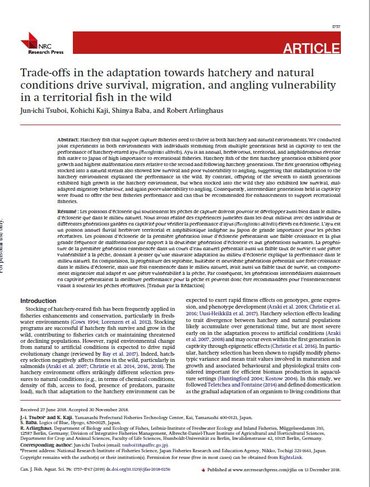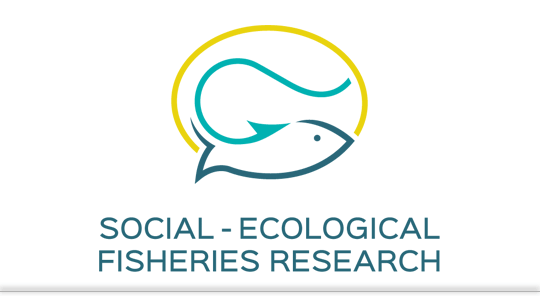Hatchery fish that support capture fisheries need to thrive in both hatchery and natural environments. We conducted joint experiments in both environments with individuals stemming from multiple generations held in captivity to test the performance of hatchery-reared ayu (Plecoglossus altivelis). Ayu is an annual, herbivorous, territorial, and amphidromous riverine fish native to Japan of high importance to recreational fisheries. Hatchery fish of the first hatchery generation exhibited poor growth and highest malformation rates relative to the second and following hatchery generations. The first generation offspring stocked into a natural stream also showed low survival and poor vulnerability to angling, suggesting that maladaptation to the hatchery environment explained the performance in the wild. By contrast, offspring of the seventh to ninth generations exhibited high growth in the hatchery environment, but when stocked into the wild they also exhibited low survival, maladapted migratory behaviour, and again poor vulnerability to angling. Consequently, intermediate generations held in captivity were found to offer the best fisheries performance and can thus be recommended for enhancements to support recreational fisheries.
Trade-offs in the adaptation towards hatchery and natural conditions drive survival, migration, and angling vulnerability in a territorial fish in the wild
Peer-reviewed

Tsuboi, J., Kaji, K., Baba, S., Arlinghaus, R. (2019). Trade-offs in the adaptation towards hatchery and natural conditions drive survival, migration, and angling vulnerability in a territorial fish in the wild. Canadian Journal of Fisheries and Aquatic Sciences, 76, 1757-1767
Published
: 2019
Appeared in
: Canadian Journal of Fisheries and Aquatic Sciences, 76, 1757-1767
